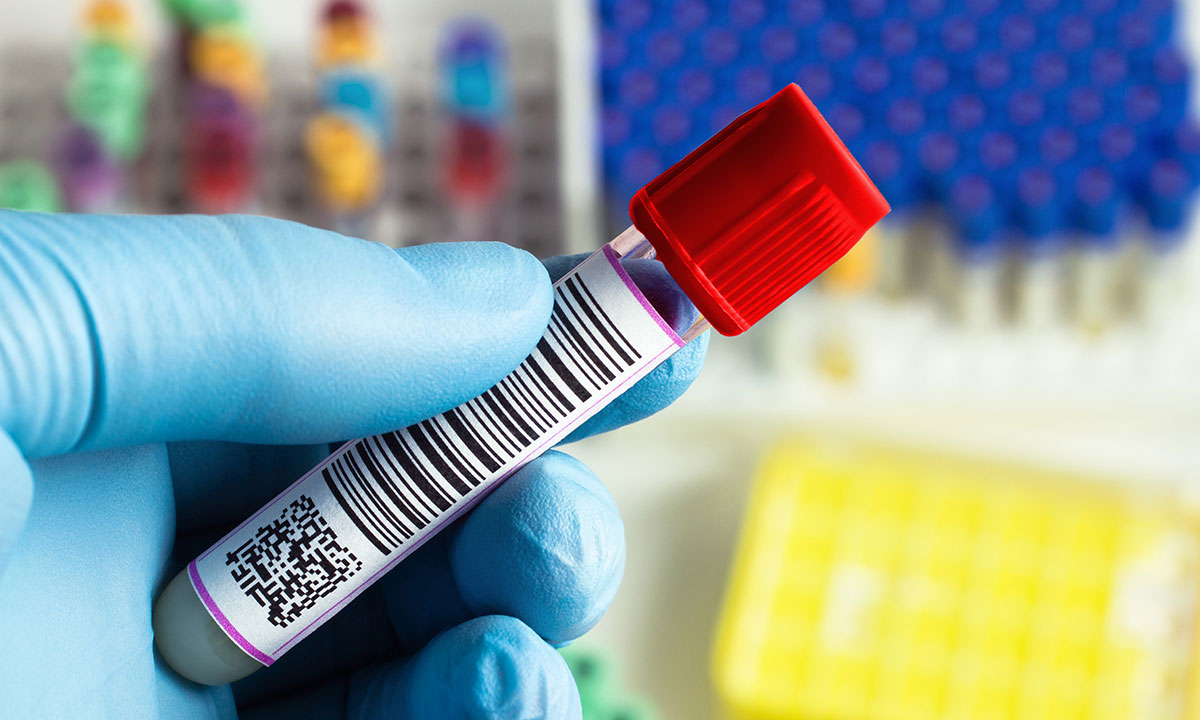
Just a few months into the COVID-19 pandemic, the U.S. healthcare market is flush with COVID-19 laboratory testing platforms, thanks to the FDA’s relaxed regulations aimed at expediting test development and use. This increase in test offerings can make it challenging to critically evaluate COVID-19 tests.
Two distinct testing methodologies are at the forefront of SARS-CoV-2 testing: molecular testing and serology. Molecular testing is used to detect SARS-CoV-2 in respiratory specimens of patients suspected of having COVID-19. This is the only testing currently available for diagnosing infected patients. It also plays a critical role in diagnosing infectious individuals early in the course of the disease to enable them to isolate and prevent the spread of the virus to others. You can read more about molecular testing in ARUP Consult’s COVID-19 topic.
Serology, or antibody testing, is the latest entry in the COVID-19 testing landscape. Serology testing is used to detect antibodies against SARS-COV-2 in the blood and provides evidence that the patient has been exposed to the virus. Serology testing alone is not recommended for COVID-19 diagnosis due to the kinetics of infection. In the majority of individuals infected with SARS-CoV-2, we would expect to see a peak in viral replication that coincides with the development of symptoms. This is followed by the development of antibodies several days later (known as seroconversion). Testing a patient too early in the course of infection may yield a false-negative result because the patient has not yet seroconverted. Moreover, even when patients have seroconverted, they still may be infectious and continue to shed virus.
There are different isotypes of antibodies, including IgM, IgA, and IgG. Among these, IgG is the best marker to indicate exposure to SARS-CoV-2. The presence of IgG indicates that the patient has been infected with the virus and has mounted an immune response against it. Although the immune response may protect against reinfection, this has yet to be established.
“There is simply not enough data yet to determine if protective immunity is achieved after infection,” says Jennifer Rychert, PhD, medical director of microbial immunology at ARUP Laboratories.
Two types of serology tests in particular are becoming more widely available—laboratory-based enzyme immunoassays on high throughput automated platforms and rapid, point of care (POC) tests, which are similar to a blood glucose test or home pregnancy exam.
To accelerate the availability of serology tests, the FDA is permitting the development, distribution, and use of any serology test, as long as it is validated, results are accompanied by a list of limitations, and the FDA has been notified (Part D of the Policy for Diagnostic Tests for Coronavirus Disease-2019 during the Public Health Emergency). Notification is not the same as obtaining Emergency Use Authorization (EUA) from the FDA (Part C of the Policy for Diagnostic Tests for Coronavirus Disease-2019 during the Public Health Emergency), which requires the developer to submit performance data for the FDA to review. Currently, the majority of commercial serology tests are available as a result of providing notification to the FDA rather than obtaining an EUA.
“Any antibody test, whether performed in the laboratory or at the POC, as is the case with finger stick antibody testing at a drive-thru site, must be validated to ensure accuracy, consistency, reliability, and reproducibility,” says Patricia Slev, PhD, section chief of immunology and medical director of microbial immunology at ARUP Laboratories.
Consider Spain’s experience just last month, when thousands of rapid antibody tests were found to yield inaccurate results, likely hindering the country’s attempts to slow COVID-19’s spread. High-complexity clinical laboratories, like ARUP, are best suited to conduct these types of studies.
As the COVID-19 situation continues to evolve, so does the work involved in understanding how serology testing figures into the equation. Laboratories will continue to play a central role in this effort.
Read more about the use of serologic testing in the American Clinical Laboratory Association’s Serologic Testing White Paper & Executive Summary.
ARUP Media Contacts
Patricia Slev, PhD, ARUP Immunology Division section chief, patricia.slev@aruplab.com, 801-583-2787, ext. 3253
Brian Jackson, MD, MS, ARUP medical director, brian.jackson@aruplab.com, 801-583-2787, ext. 3191
















